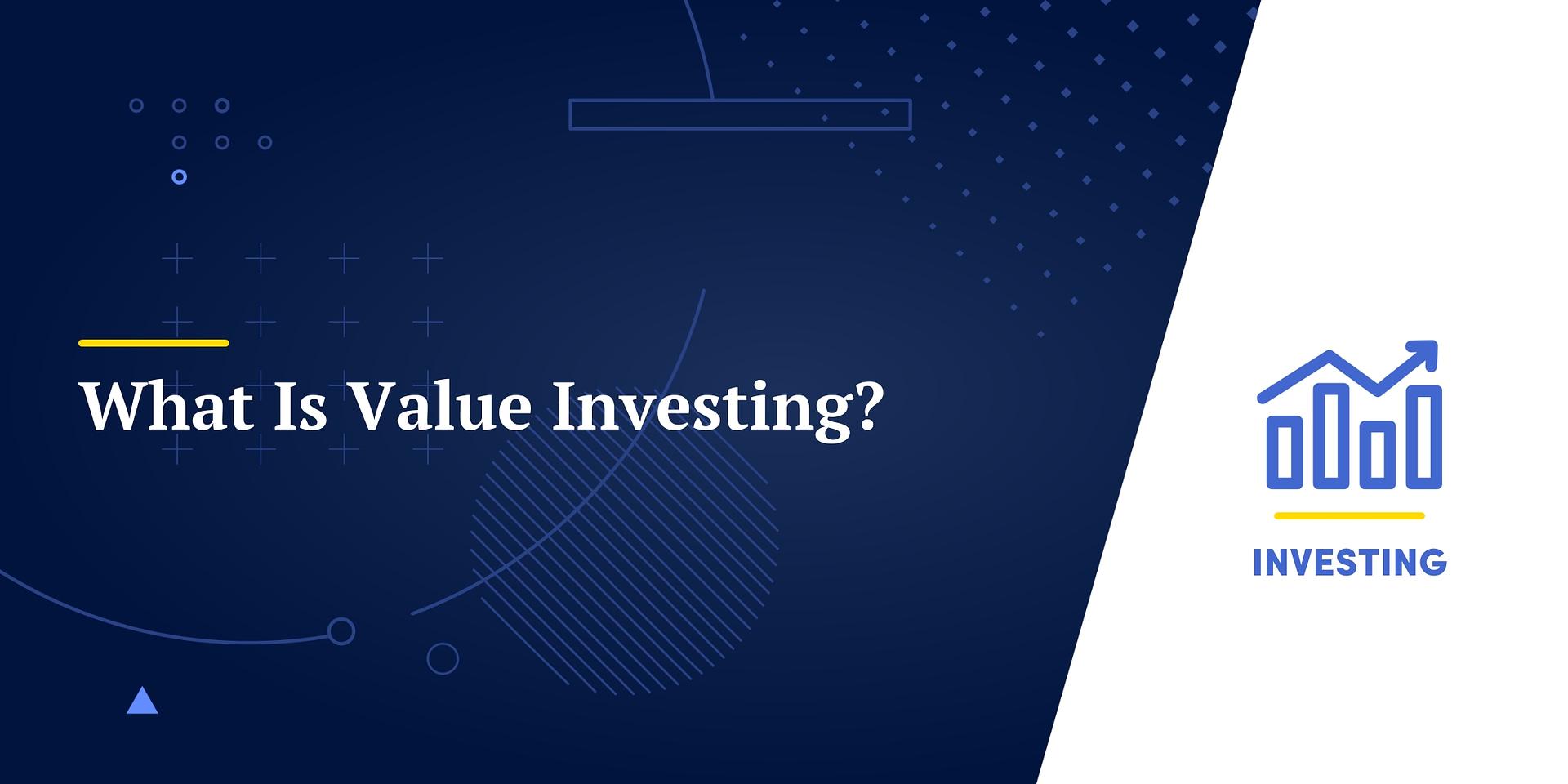The Beginner's Guide to Value Investing

Value investing is a popular investment strategy that focuses on purchasing undervalued assets at a discounted price. This strategy is often used to take advantage of market inefficiencies and identify opportunities for long-term growth. In this article, we will explore the basics of value investing and provide tips for beginners looking to get started.
What is Value Investing?
Value investing is a strategy that involves investing in assets that are priced below their intrinsic value. This means that the investor is buying an asset at a lower price than what it is actually worth. The goal of value investing is to identify assets that are undervalued by the market and purchase them at a discounted price.
Benefits of Value Investing
There are several benefits to value investing, including:
- Lower risk: By investing in assets that are undervalued, value investors are reducing their risk of losing money. This is because they are buying assets at a discounted price, which means that they are not paying as much for them as the market value.
- Long-term growth: Value investing can lead to long-term growth because the investor is buying assets that are undervalued by the market. This means that the investor has the potential to profit from the asset's growth over time.
- Passive income: Value investing can also generate passive income through dividends, rents, or other income streams. This can be a great way to generate income without having to actively manage the investment.
How to Get Started with Value Investing
If you are interested in getting started with value investing, there are a few steps you can take to get started:
- Educate yourself: The first step to value investing is to educate yourself on the basics of investing and value investing. This will help you understand the concepts and terminology used in the field.
- Develop a strategy: Once you have a basic understanding of value investing, you will need to develop a strategy for identifying undervalued assets. This can involve researching different industries, sectors, and companies to find assets that are priced below their intrinsic value.
- Build a portfolio: Once you have identified undervalued assets, you will need to build a portfolio of investments. This can involve purchasing stocks, bonds, or other assets that meet your criteria.
- Monitor your investments: Finally, it is important to monitor your investments and make adjustments as needed. This can involve reviewing your portfolio regularly to ensure that your investments are still meeting your criteria and that you are not losing money.
Conclusion
Value investing is a popular investment strategy that can lead to long-term growth and lower risk. By educating yourself on the basics of value investing and developing a strategy for identifying undervalued assets, you can get started with this investment strategy and start building a portfolio of investments. Remember to monitor your investments regularly and make adjustments as needed to ensure that you are achieving your goals.





